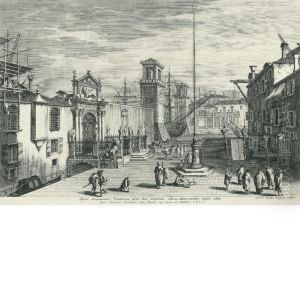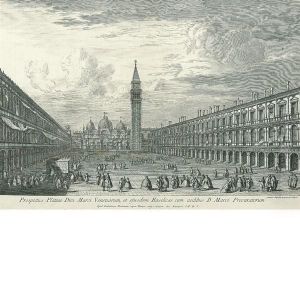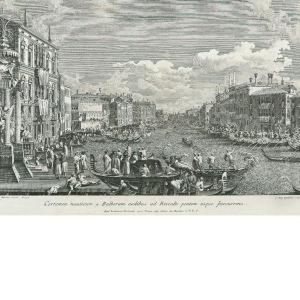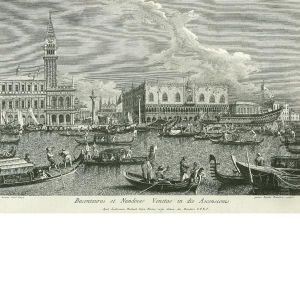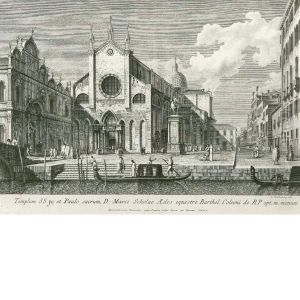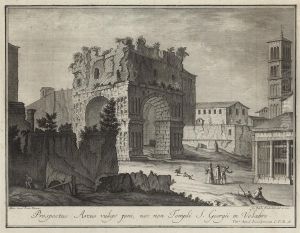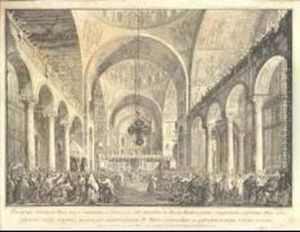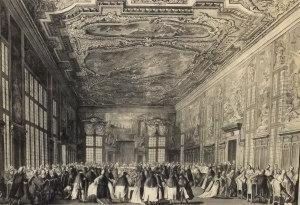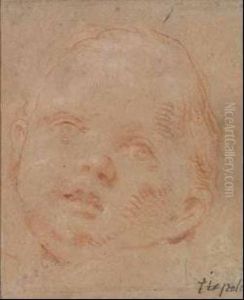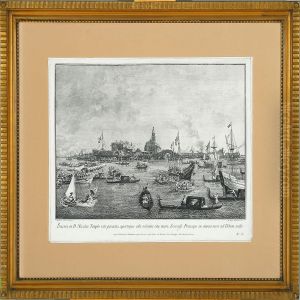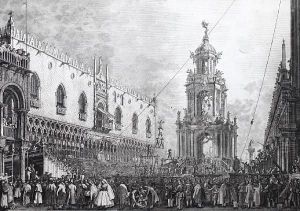Giovan Battista Brustolon Paintings
Giovan Battista Brustolon was an Italian engraver born in Belluno in 1712, notable for his intricate and detailed views of Venice and its festive culture. His artistry gained significant recognition in the 18th century, a period that saw a flourishing of engraving as an important medium for reproducing and disseminating artworks and views of famous cities. Brustolon is particularly renowned for his collaboration with the painter Canaletto, one of the most famous vedutisti (view painters) of the time. This partnership allowed Brustolon to translate Canaletto's detailed and atmospheric views of Venice into engravings, capturing the city's unique light, architecture, and daily life with remarkable precision.
Brustolon's most celebrated work is the collection of engravings titled 'Le Magnificenze di Venezia', which showcases Venice's grandeur through its festivals, ceremonies, and architecture. His work in this collection is a testament to his skill in capturing the vibrancy and dynamism of Venice's street life and public celebrations. Brustolon's engravings were not only artistic achievements but also served as valuable records of Venetian culture and architecture, much of which has changed or disappeared over the centuries.
Despite his contributions to the world of art and his role in preserving the cultural heritage of Venice, Giovan Battista Brustolon is not as widely known as his contemporaries. However, his works continue to be studied and appreciated by art historians and enthusiasts for their technical excellence and their ability to convey the spirit of 18th-century Venice. Brustolon's legacy lives on through his engravings, which remain an important source for understanding the historical and cultural context of Venice during his lifetime.
Giovan Battista Brustolon passed away in 1796, leaving behind a body of work that continues to be celebrated for its historical significance and artistic merit. His engravings stand as a monument to the city of Venice and its 18th-century splendor, offering a window into the past for future generations to admire and study.
